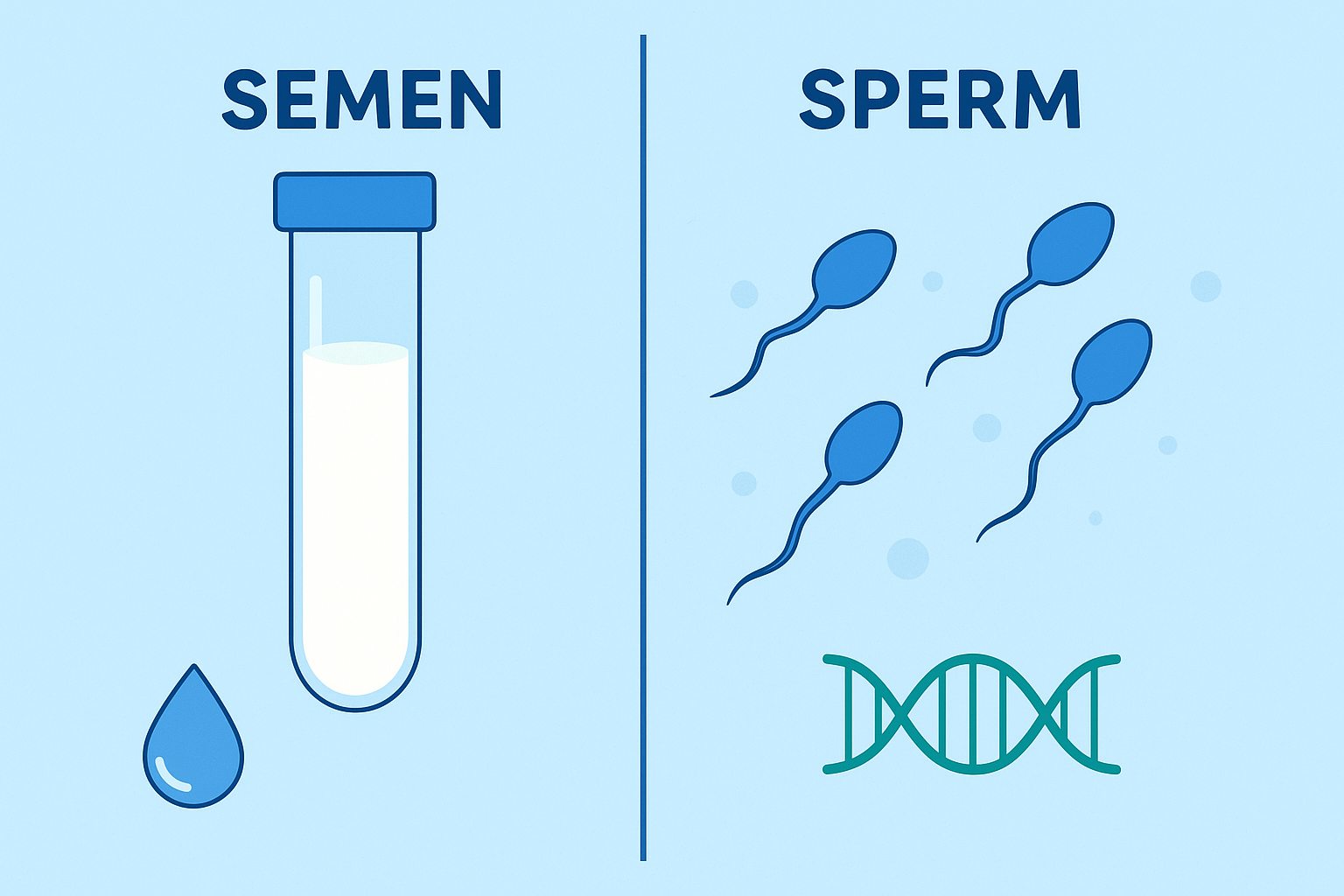Pregnancy can be one of life’s most transformative journeys — full of excitement, questions, and sometimes, a bit of worry. If you’ve recently seen those two pink lines on a test, congratulations! But now you might be wondering: Is the pregnancy developing in the right place?
The answer lies in understanding intrauterine pregnancy (IUP) — a term that simply means the fertilized egg has implanted and is growing in your uterus, right where it should be.
Let’s break down everything you need to know about intrauterine pregnancy — from early signs to potential risks and what to expect trimester by trimester.
Also read: Fibroids? Causes, Symptoms, Natural Shrink Now
What Is an Intrauterine Pregnancy?
An intrauterine pregnancy happens when a fertilized egg travels through the fallopian tube and successfully implants into the inner lining of the uterus, called the endometrium. This is the ideal scenario — the pregnancy begins to develop into an embryo, then a fetus, and ultimately, a baby.
But not all fertilized eggs implant correctly. In rare cases (about 1–2% of all pregnancies), the egg implants outside the uterus, leading to an ectopic pregnancy, a serious condition requiring immediate medical attention.
Why Ultrasound Confirmation Is Crucial
You might feel all the typical early pregnancy signs — missed periods, sore breasts, nausea — but these symptoms don’t guarantee that your pregnancy is intrauterine. The only reliable way to confirm an IUP is through an ultrasound, typically done transvaginally.
Around 4.5 to 5 weeks gestation, a gestational sac can be seen on the ultrasound. This is your first visual confirmation that the pregnancy is developing where it should.
Early Signs and Symptoms of Intrauterine Pregnancy
Early pregnancy can feel like a roller coaster of physical and emotional changes. Common signs include:
- Missed menstrual period
- Fatigue
- Breast tenderness
- Frequent urination
- Nausea or vomiting
- Food cravings or aversions
- Mood swings
These are all positive signs, but remember — they don’t confirm the location of your pregnancy.
Red Flags: Could It Be Ectopic?
If you notice the following symptoms, consult your doctor immediately:
- One-sided abdominal or pelvic pain
- Vaginal bleeding or spotting
- Dizziness or fainting
- Shoulder tip pain
- Severe cramping
Ectopic pregnancies, most often located in the fallopian tube, can rupture and cause internal bleeding. Early detection can save your life.
Also read: Growing your Family Through Gestational Surrogacy
How Intrauterine Pregnancy Is Diagnosed
Doctors typically rely on a combination of:
1. Blood Tests
These measure hCG (human chorionic gonadotropin) levels. If levels rise appropriately (doubling every 48–72 hours), it’s a good sign.
2. Urine Pregnancy Tests
These detect hCG as well and can give you a positive result as early as one day after a missed period. Dollar tree pregnancy test can be used.
3. Transvaginal Ultrasound
This is the gold standard. If your gestational sac is visible inside the uterus by week 5, you have an intrauterine pregnancy.
Stages of Intrauterine Pregnancy: Trimester by Trimester
Pregnancy is often broken down into three trimesters, each with its unique developments and challenges.
First Trimester (Weeks 1–12)
This is when your body undergoes the most dramatic changes — even if you can’t see them.
What happens:
- Fertilization and implantation
- Formation of the placenta
- Development of all major organs
Common symptoms:
- Missed period
- Breast tenderness
- Nausea and vomiting (morning sickness)
- Fatigue
- Mood changes
- Increased urination
You may also notice food cravings or strong aversions to smells. Don’t be surprised if you lose a little weight due to nausea — this is usually normal in early pregnancy.
Second Trimester (Weeks 13–27)
Often referred to as the “honeymoon phase” of pregnancy, many women feel their best during these weeks.
What to expect:
- Baby bump starts to show
- Increased appetite and energy
- Feeling your baby’s first movements (around 18–22 weeks)
- Stretch marks and darkening of the skin around nipples
- Reduction in nausea and vomiting
This is also the time for important tests like the anatomy scan, which checks your baby’s development in detail.
Third Trimester (Weeks 28–40)
You’re getting close to the finish line. This stage is all about growth and preparation for delivery.
Common experiences:
- Stronger fetal movements
- Frequent urination (again!)
- Shortness of breath
- Backaches and pelvic pressure
- Braxton Hicks contractions (practice contractions)
- Leaking of colostrum from the breasts
Your doctor will start monitoring you more closely now, checking your baby’s position and watching for signs of labor.
Possible Risks and Complications in Intrauterine Pregnancy
Although intrauterine pregnancies are considered normal, that doesn’t mean they’re risk-free. Some pregnancies, even when correctly implanted, may still become nonviable.
Types of Nonviable Pregnancies
- Chemical Pregnancy: Very early loss, often before ultrasound can confirm pregnancy.
- Blighted Ovum: A gestational sac forms, but the embryo fails to develop.
- Missed Miscarriage: Embryo stops growing, but the body hasn’t expelled it.
- Molar Pregnancy: A rare growth of abnormal tissue due to genetic errors.
- Spontaneous Abortion (Miscarriage): Loss of pregnancy before 20 weeks.
- Stillbirth: Loss of pregnancy after 20 weeks.
While not all of these can be prevented, early prenatal care significantly lowers the risk of complications.
Can You Have a Healthy Pregnancy After a Loss?
Absolutely. Many women who experience miscarriage or ectopic pregnancy go on to have successful pregnancies later. However, your healthcare provider may want to monitor you more closely, especially if you have had:
- A prior ectopic pregnancy
- Recurrent miscarriages
- Underlying conditions like PCOS, thyroid disorders, or clotting issues
Also write: How Sex Transforms Your Mind: Your Ultimate Mental Health Activity
How to Increase Your Chances of a Healthy Intrauterine Pregnancy
Here are some practical, research-backed tips:
- Avoid smoking or secondhand smoke
- Treat or prevent STIs like chlamydia and gonorrhea
- Limit alcohol and caffeine
- Take a prenatal vitamin with folic acid
- Maintain a healthy body weight
- Manage stress levels through yoga, therapy, or mindfulness
- See your doctor regularly for checkups
When to Call Your Doctor
Call your healthcare provider immediately if you notice:
- Heavy vaginal bleeding
- Severe pelvic pain
- Fever or chills
- Decreased fetal movements (in the third trimester)
- Signs of preterm labor (like regular contractions before 37 weeks)
Early detection and intervention can make a significant difference.
Frequently Asked Questions
Q: Can intrauterine pregnancy turn into ectopic later?
No. Once confirmed inside the uterus, it can’t move to the fallopian tubes or elsewhere. However, in very rare cases, a heterotopic pregnancy may occur (both intrauterine and ectopic simultaneously).
Q: Is spotting normal in early IUP?
Light spotting can be normal, especially during implantation. But heavy bleeding, clots, or pain warrant medical attention.
Q: How soon can an ultrasound confirm intrauterine pregnancy?
Typically, a gestational sac is visible between 4.5 to 5 weeks after your last period.
The Bottom Line
Intrauterine pregnancy is the desired, healthy beginning of your journey into parenthood. It means the fertilized egg implanted in the uterus, setting the stage for your baby to grow in the safest and most supportive environment.
But remember, early care is key. An ultrasound can confirm proper implantation, and routine checkups can help monitor your baby’s development every step of the way. While pregnancy can come with its share of stress, knowing your body and staying informed puts you in the best possible position for a healthy outcome.




